Company research
Overview of company information
Types of companies
- Public listed companies are those that trade stocks or securities on an exchange (e.g. the ASX). Listed public companies are required to disclose information about their operations and performance, therefore a lot of information is available in the databases on the left-column and on company websites.
- Private or proprietary or unlisted companies are not always required by law to disclose information for public inspection, therefore they can be harder to research. Resources to research private companies include some of the databases on the left-column, news sources and company websites. In Australia, large unlisted companies are required to lodge financial information for public inspection, therefore information is available in the databases.
- A Subsidiary company is one that is owned by another company. Financial information on a subsidiary is sometimes not available and it is necessary to read the reports of the parent company.
- Non-profit organisations can fall into a number of categories including associations and not-for-profit unlisted public companies. For information on a non-profit organisation, search the above databases, the organisation's website and news sources.
- Government bodies: IBISWorld has company profiles for 286 Australian government bodies.
Company Websites
Company web sites can provide a wealth of information, particularly for public companies. Look for press releases, investor information including presentations and events and filings, annual reports or corporate social responsibility or "community" reports. Use information from the company carefully and watch for bias or an overly-optimistic interpretation of factual data.
Company research tips
It is easier to find information about public companies (those that sell stock to shareholders) than about private companies (those that are privately owned by an individual or a group).
When looking for information about a company, consider both information from the company itself (e.g., the company website, ASX filings, press releases, etc.) as well as information about the company written by others (e.g., newspaper articles, analyst reports, articles by professors, etc.).
Finding information about a company includes the following steps:
- Get an overview of the company, find out if it is public or private.
- Find the company website and review it carefully, particularly the sections for investors or media/press.
- If the company is public, find relevant reports and annual reports to shareholders.
- Search for news, magazine and journal articles for information. This may be the only way to find information on private companies.
- If the company is public, search for analyst and brokerage reports. These sometimes contain an analysis of strengths, weaknesses, opportunities and threats (SWOT).
- Identify competitors.
- Last Updated: Feb 14, 2023 3:45 PM
- URL: https://libguides.adelaide.edu.au/company-research
- Print Page

